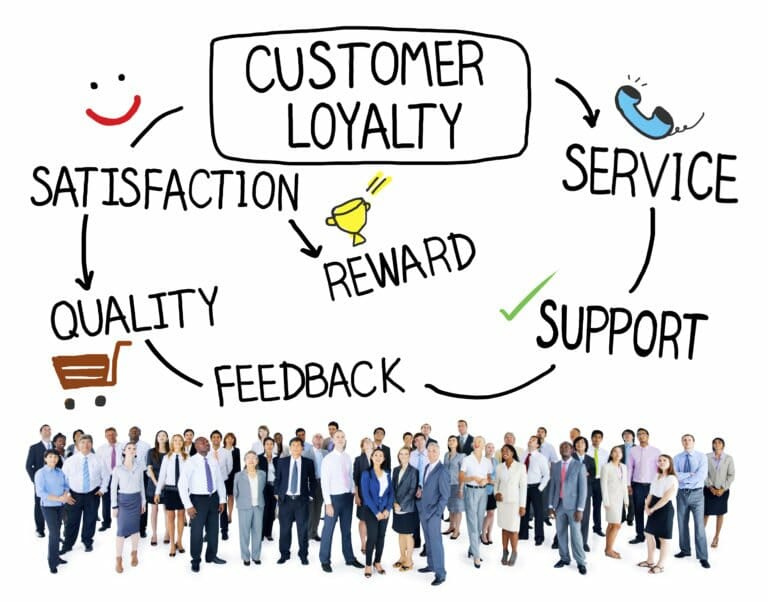As my colleague Hayden Richards wrote recently, “big data cant be ignored. Big data or information of extreme size, diversity and complexity is everywhere. This disruptive phenomenon is destined to help organizations drive innovation by gaining new and faster insight into their customers.” Because of all this attention and focus on big data there is a lot of “noise” in the market about big data tools, value and importance. Read further for five of the big data myths.
Jim Yu wrote a great article on the Huffington Post on three big data marketing myths:
Myth #1: Big Data Is Moving the Needle on ROI
Marketers want to believe they’re getting big returns on their investments in Big Data tools, including real-time ad bidding (RTB) and data management platforms (DMPs), data-driven campaign management, and predictive analytics to measure huge sets of campaign, customer, sales, and other datasets.
But what most marketers don’t appreciate is that these tools are minimally impacting ROI. Why? Because for now Big Data marketing is more promise than reality. Most marketers don’t know what data to gather, which analysis tools to use, and how to use that processed data to have real impact on sales.
Myth #2: Big Data Will Give You Access to All the Right Data
Most marketers feel they are drowning in data — from campaign and click, to customer, purchase, mobile, social, RTB, and third-party publisher data. They can’t imagine how the data sets they’re using could actually fall short. Yet they convince themselves that capturing more of the same will somehow make their decisions wiser.
In fact, access to more data doesn’t mean it’s the right data to analyze. Improperly targeted, Big Data becomes just more Bad Data. Most advertisers have no idea how many different kinds of data are out there, nor how to capture them. So they mostly analyze first-party data from their websites and campaigns, but neglect to include third-party data from DMPs, publishers, mobile apps, and ad networks.
Myth #3: Your Analysis Is Working to Deliver Insights
At this point you may be saying: Okay, we’ll be more careful. But Big Data delivers big insights, right? Doesn’t that make it worth the risk?
Not necessarily. Many advertisers look to analytics tools and marketing partners to deliver reports on campaign ROI and optimization suggestions. These can be very useful, showing which campaigns and channels are working to acquire customers and which are falling flat. But many reports gloss over the surface, providing standard insights that only incrementally improve marketing ROI. If you don’t know what you don’t know about the data you’re analyzing, the findings from analysis are limited. That mistake will burn a lot of money on Big Data initiatives that deliver nothing new.
Read his full elaborations and tips on big data marketing myths here.
Erin Collins also write about three big data myths, one is overlapping with Jim Yu’s one, so the two additional ones by Collins are:
Myth #4: You have to know Hadoop to understand big data
Most people believe in an “understand Hadoop or bust” approach when it comes to big data marketing. Hadoop is an open-source Apache software program, and it’s frequently discussed as it relates to big data. However, a deep working knowledge of Hadoop is not required to be able to understand and leverage customer data to improve ROI as well as the overall customer experience.
Instead, what’s important to understand is what to do with the available customer data, and how to create a plan to apply it to be more timely, relevant, and personalized with your marketing messages. The data being stored is only a fraction of the battle; the real value lies in the ability to interpret this data and understand how it can be used to create a better overall customer experience.
Myth #5: Brands are content with the way they currently use and understand customer data
The statistics on this myth will back up our claim that this statement is exactly that: a myth. Survey results show 91% of senior corporate marketers believe that successful brands use customer data to drive marketing decisions. [tweet] However, just 39% say their own company’s data is collected too infrequently to put it to good use.
Just a fraction of the available data on the web is being analyzed, indicating marketers have a massive opportunity to gather more information. After the data has been gathered, it’s up to marketers to analyze it and put it to use in real time.
Read her full elaborations on big data myths here.
Reflection
I have been working with big marketing data for five years, for large global and national e-business players that had a lot (understatement) big data at hands to influence and direct results. Big data is definately moving the ROI needle, but you need to keep it Simple.
Lots of data is not a recipe for better results. You need to know what data to look at, just as Yu said: “most marketers don’t know what data to gather, which analysis tools to use, and how to use that processed data to have real impact on sales.“
But I think the real power is within the analysis, the combination and interpretation of data in relation to business objectives. Marketeers need to be able to analyse data, perform all kinds of formulas on it but also have a very good business understanding.
It also works backwards, only when you have a very good business understanding, the marketeer or whomever, is able to have an understanding at what data(sets) it needs to look in order to impact the business performance.
It’s quite a challenge, but with a great team, a diverse set of capabilities and the right supporting technologies marketeers and marketing departments should be able to extract insight and action to achieve results from it.
Gianluigi Cuccureddu is co-founder of Damarque, helping you to improve your commercial performance through better engagement with your employees, customers and strategic business partners.
We offer high-impact training, coaching and consulting services for professionals, teams and organizations to help improve people ánd organizational performance and innovation capability in an efficient and sustainable way.



























